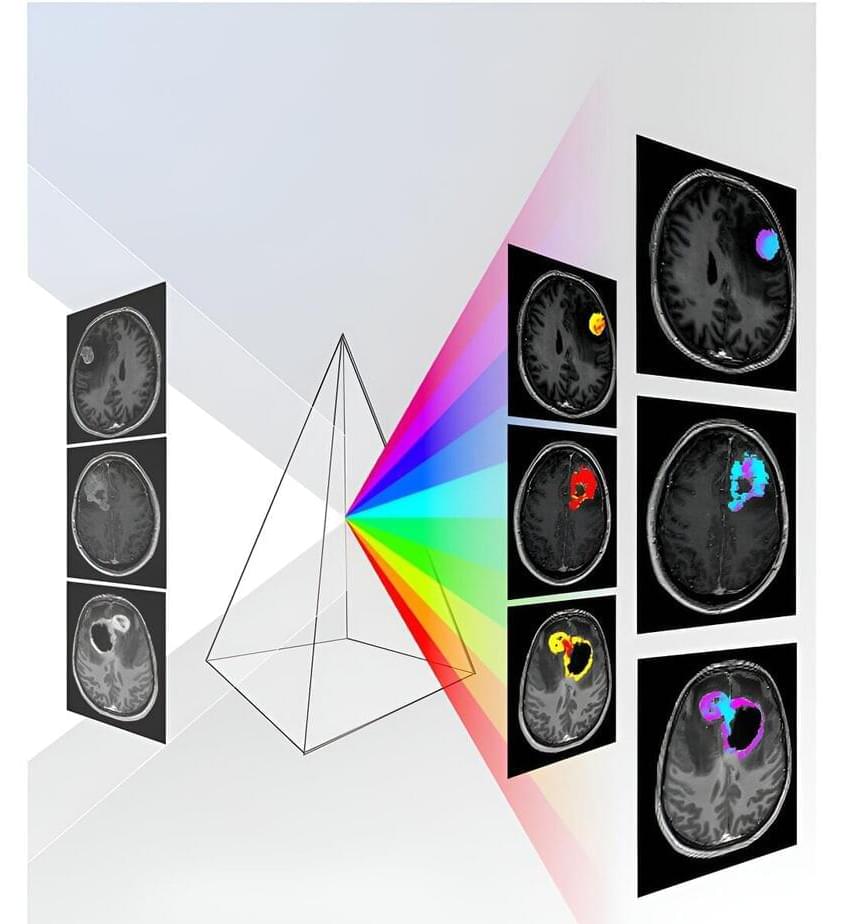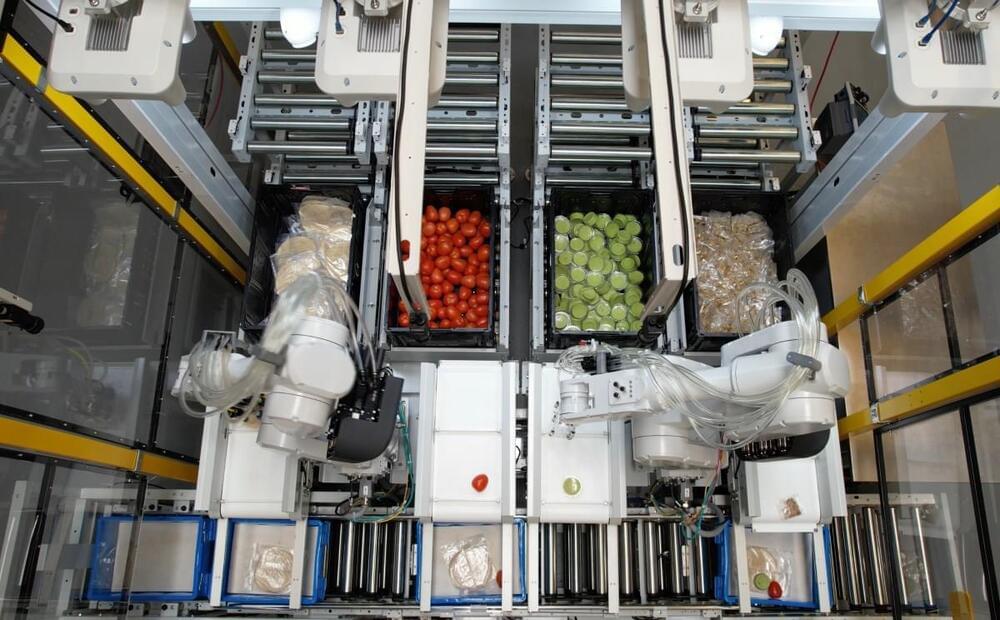This article discusses the risks of ChatGPT and Generative AI innovations are having on sustainability goals and highlights the energy and water consumption risks.



Jointly developed by investigators of the Vall d’Hebron Institute of Oncology’s (VHIO) Radiomics Group and the Bellvitge University Hospital’s Neuroradiology Unit, the Diagnosis in Susceptibility Contrast Enhancing Regions for Neuroncology (DISCERN) is an open-access deep learning tool based on the training of patterns using artificial intelligence models from information of standard magnetic resonance imaging (MRI).
Models Large Language Model Agents and swarms thereof as computational graphs reflecting the hierarchical nature of intelligence.
Graph optimization automatically improves nodes and edges.
V/ @SchmidhuberAI #AI #LLM
🐝: LLM agents as Graphs. Contribute to metauto-ai/GPTSwarm development by creating an account on GitHub.

How LLM #AI can make a patient-friendly— more understandable, more concise— hospital discharge summary for patients.
Generative artificial intelligence to transform inpatient discharge summaries to patient-friendly language and format.
This cross-sectional study, as part of a larger project to improve care delivery in our health system, was deemed exempt from institutional review board review based on the NYU Langone Health self-certification protocol. The study followed the Strengthening the Reporting of Observational Studies in Epidemiology (STROBE) reporting guideline.
This was a cross-sectional review of 50 inpatient discharge summaries. The number 50 was chosen a priori based on feasibility. We used Epic Systems reporting workbench to export a dataset containing metadata for all notes of the Discharge Summary Note type across NYU Langone Health Systems from June 1 to 30, 2023, totaling 5,025 summaries. We used the Excel 2016 rand() function (Microsoft Corporation) to generate a random number corresponding to each note and selected the 200 notes with the lowest random number. A single reviewer confirmed the identified notes were actual discharge summaries written by the General Internal Medicine service and that the patients were not discharged as dead. For final inclusion in the study, we selected 50 of the remaining notes with the lowest random numbers. Our sample included discharges from all of NYU Langone’s hospital campuses and did not include more than 1 discharge from any single patient.
Five aerospace companies are bidding for the $6 billion contract to produce new unmanned aircraft for the Air Force. The planes will be AI-piloted and will be able to perform dangerous maneuvers.

Thiruvananthapuram, Kerala: A school in Kerala is taking what may be called a revolutionary step towards revamping education with the introduction of Iris, claimed to be the first-ever AI teacher robot in the state.
The KTCT Higher Secondary School, a venture of the Kaduvayil Thangal Charitable Trust, unveiled Iris last month in collaboration with Makerlabs Edutech Private Limited. The Iris robot is designed to be more than just a robot. Built as part of the Atal Tinkering Lab (ATL) project by NITI Aayog, Iris is equipped to answer complex questions across various subjects in three different languages. It can also provide personalized voice assistance and facilitate interactive learning experiences.

From creating images, generating text, and enabling self-driving cars, the potential uses of artificial intelligence (AI) are vast and transformative. However, all this capability comes at a very high energy cost. For instance, estimates indicate that training OPEN AI’s popular GPT-3 model consumed over 1,287 MWh, enough to supply an average U.S. household for 120 years.


Covariant this week announced the launch of RFM-1 (Robotics Foundation Model 1). Peter Chen, the co-founder and CEO of the UC Berkeley artificial intelligence spinout tells TechCrunch the platform, “is basically a large language model (LLM), but for robot language.”
RFM-1 is the result of, among other things, a massive trove of data collected from the deployment of Covariant’s Brain AI platform. With customer consent, the startup has been building the robot equivalent of an LLM database.
“The vision of RFM-1 is to power the billions of robots to come,” Chen says. “We at Covariant have already deployed lots of robots at warehouses with success. But that is not the limit of where we want to get to. We really want to power robots in manufacturing, food processing, recycling, agriculture, the service industry and even into people’s homes.”
